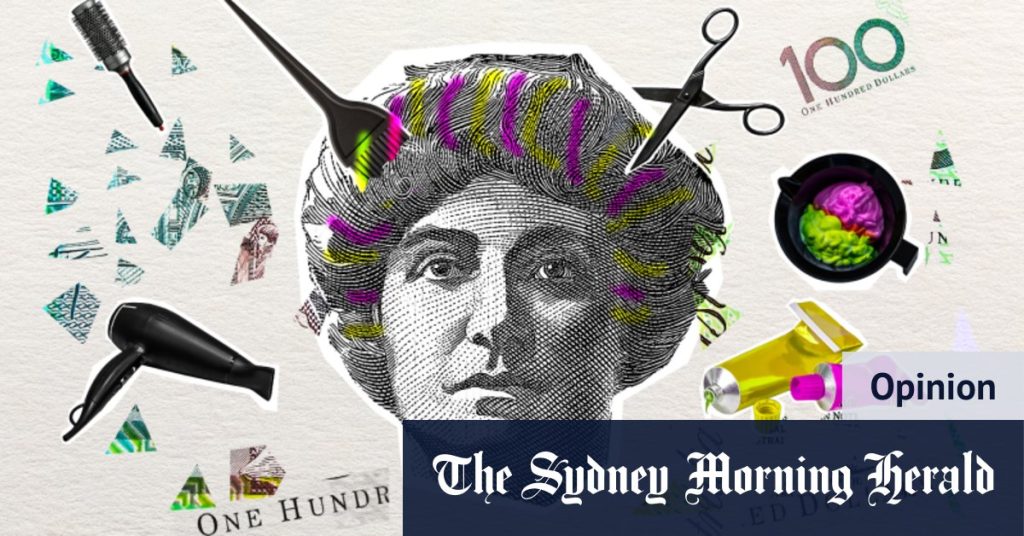The pursuit of physical attractiveness can be a costly endeavor, as evidenced by the field of pulchronomics, which explores the economic advantages associated with beauty. Economist Daniel Hamermesh posits that attractiveness confers benefits in various life domains, prompting individuals to invest in enhancing their appearance. This investment can include expensive haircuts, spa treatments, and a range of cosmetic products and procedures. However, the author reflects on a personal shift in perspective regarding the cost-benefit analysis of beauty expenditures. The recent surge in inflation and the subsequent impact on the cost of essential goods and services have led to a reevaluation of discretionary spending.
The author recounts experiencing significant increases in grocery bills, utility costs, and housing expenses, a common experience for many Australians during this period of economic turbulence. This financial strain necessitates a more critical assessment of non-essential purchases, including those related to beauty and personal care. Specifically, the author questions the justification of spending substantial sums on salon services when the outcome is not guaranteed to be satisfactory. Anecdotes of overpriced haircuts and poorly executed hair coloring underscore the potential for disappointment, even at high-end salons.
The desire for affordability prompts the author to explore alternative options for hair care. Inspired by a flatmate’s experience, the author attempts to secure a low-cost or free haircut by joining a Facebook group for hair models. This avenue, however, proves unsuccessful, with inquiries and follow-ups yielding no positive results. Undeterred, the author eventually finds a local hairdresser offering a more reasonable price for a cut and blow-dry, demonstrating that affordable options do exist.
The challenge of maintaining hair color presents a more complex dilemma. Growing out existing highlights while avoiding a visually unappealing appearance requires a strategic approach. Past negative experiences with home hair dye discourage the author from attempting DIY solutions, despite the potential cost savings. Researching online communities and forums, however, inspires a renewed sense of courage to explore at-home toning options. This shift reflects a willingness to experiment with less expensive alternatives while remaining cautious and informed.
Beyond hair care, the author also re-evaluates spending on makeup. Recognizing the influence of social media trends and online beauty communities, the author acknowledges the growing acceptance and popularity of drugstore makeup brands. The realization that these more affordable products often rival the quality of their high-end counterparts motivates a transition away from expensive branded cosmetics. This decision underscores a broader trend of consumers seeking value and efficacy without the premium price tag.
In conclusion, the author’s personal journey reflects a growing awareness of the financial implications of beauty standards and the need to adapt spending habits in response to economic pressures. The pursuit of attractiveness remains a factor, but the emphasis shifts towards finding a balance between looking good and maintaining financial responsibility. By exploring alternative options, embracing affordable brands, and prioritizing essential expenses, the author demonstrates a pragmatic approach to beauty in the face of economic challenges. The potential impact on earnings remains uncertain, but the immediate benefit is a greater allocation of resources towards other needs and priorities. This shift in perspective prioritizes financial well-being without completely abandoning the desire for self-care and aesthetic enhancement.

